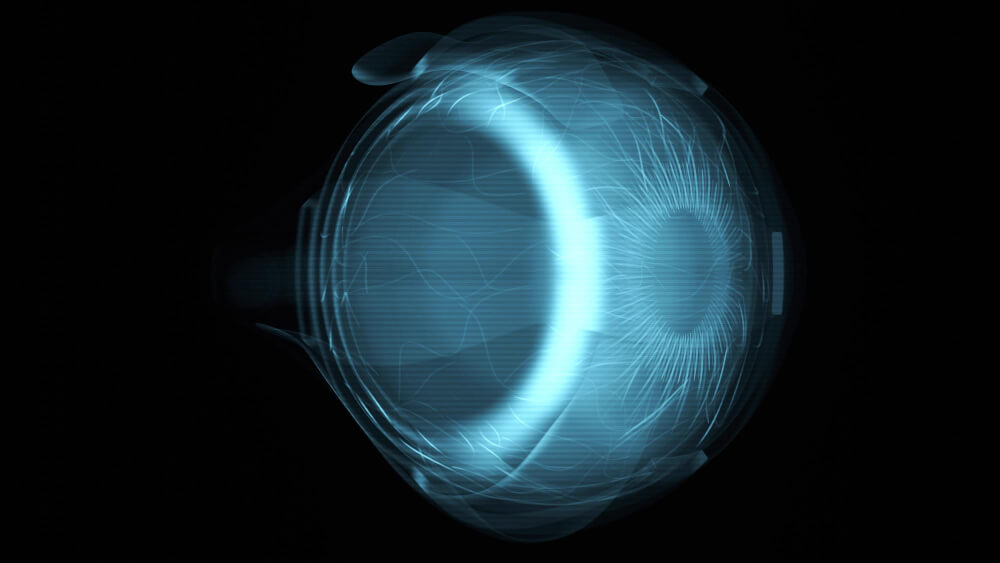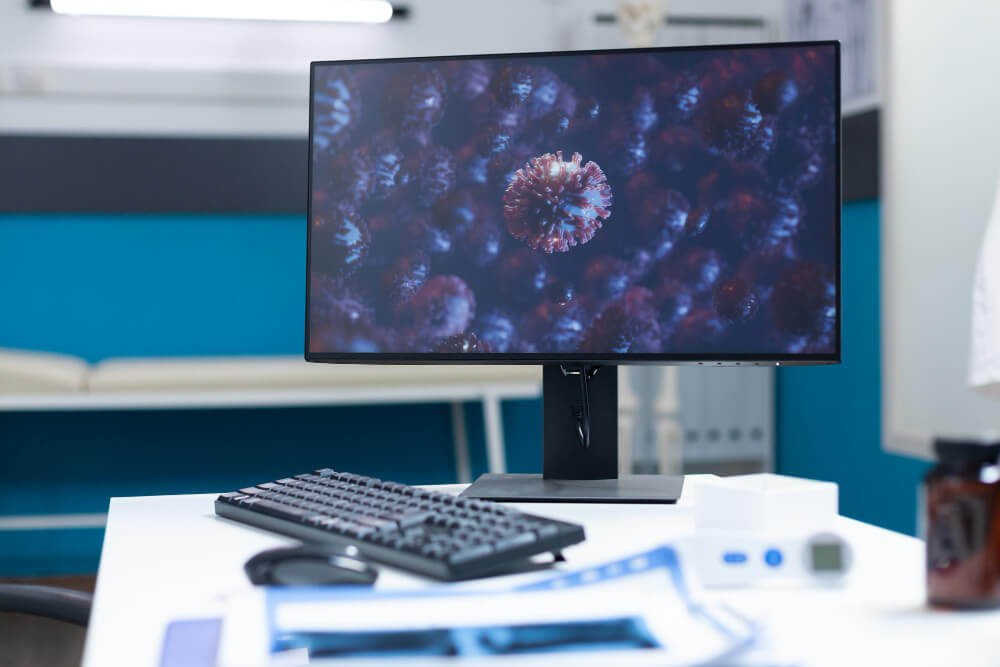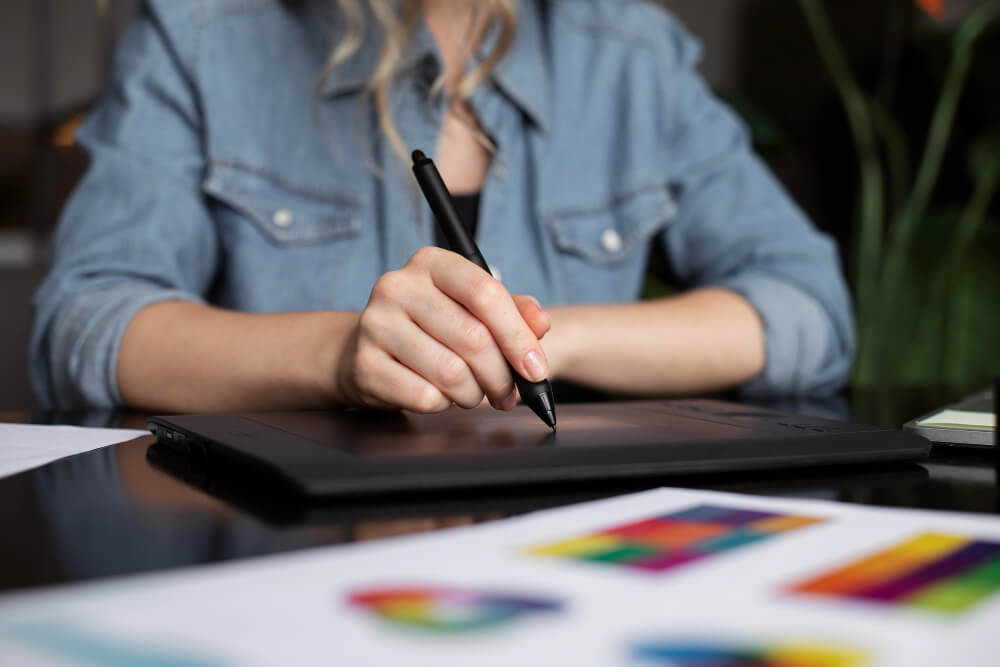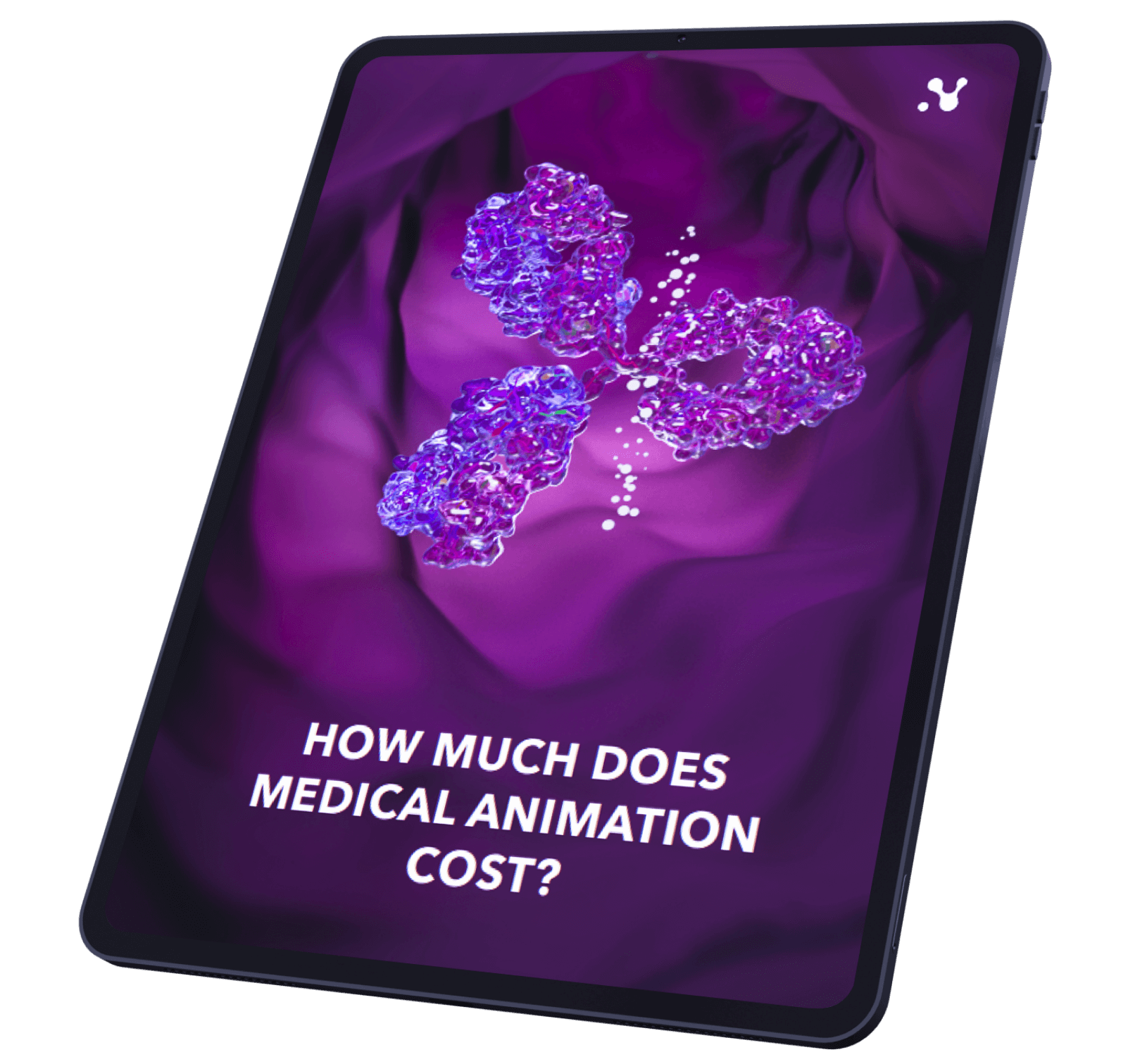The history of scientific illustration goes back to the birth of science itself that can be seen on the walls of caves with which early humans tried picturizing, what was around them. The reason was simple: the easiest way to describe what you were talking about, especially if it was exotic and unfamiliar, was to show a picture.
Alexey Elagin illustration for the Nanobot Cardiovascular Project. Now, of course, we can capture the sights and sounds of the world around us with tremendous accuracy in photographs and videos. However, when it comes to medicine many phenomena that are too minute, too distant or too ephemeral to capture on film are now being studied. That’s where scientific illustrations that can venture beyond our range of vision come to the rescue.
We’d like you to meet our visual science communicator or scientific illustrator – Yuriy Svidinenko who turns concepts and ideas into compelling visuals.

1. How did you become a scientific illustrator?
Previously, I’ve spent a lot of time in areas linked to design: from the design of music covers to the design of websites and interfaces. Gradually, I complimented my creative impulses with an engineering approach. After a while, I found the most comfortable working combination for myself with a sharp edge of science, a pleasant depth of knowledge, and a promising perspective of professional development all gathered in the profession of a visual science communicator.
2. What is your current specialization?
I would say that my specialization is somewhat on the intersection of scientific research, artistic production, and visual communications.
3. Medical animation is a science-driven discipline. Is there a place for creativity?
If creativity itself is understood as a synthesis of the new and old through the process of rethinking and combining images and meanings in the context of finding solutions, you can hardly notice the boundary of the transition to design and production. So there is, no doubt that there is a place for creativity here.
It is in the visual representation of science that I have found a comfortable degree of restriction of creative freedom of thought for myself. My creative vision is framed by scientific certainty and brevity that give me the direction for my work.

4. Do you usually work on several projects simultaneously or do you take them one at a time?
I would say that my work process as a scientific illustrator is somewhat non-linear and multithreaded. So, yes, there are times when I work on several projects simultaneously.
5. What software applications do you use for creating medical illustrations?
Google, how long should we wait for the neural-interface? If to be serious, I use a fleet of applications from Procreate and Adobe products to modular solutions for real-time visualization. From time to time I use something unique like Chimera and Avogadro, various digital atlases, and also some services for collaboration.
6. What are the most simple and the most challenging work moments that you can highlight?
The most difficult moments for me are in the simplest things. For example, when there is not enough challenge in a task. The most exciting part of my job is the collection and analysis of data, verification of materials, and the selection of references for the project that makes me a kind of researcher.
At the same time, it is sometimes not so easy to convince the customer about the accuracy of the proposed solution or to deal with their comments because even the slightest tweaks could sometimes change the perception of the whole project.

7. What advice would you give to a beginning scientific illustrator?
Obtain the required skills and education. Scientific illustration needs excellent drawing and design skills and a strong foundation in natural sciences. Good practical knowledge of computer graphics programs and digital techniques is also invaluable. And then it’s all about getting your work out there:
— Build a proper portfolio for a scientific illustrator
— Volunteer your services
— Apply for a scientific illustrator internships
— Love what you do and work hard
Nanobot Medical Animation Studio develops highly innovative digital graphics to depict actual and conceptual technologies by a synergistic fusion of art and science since 2007. Nanobot provides visually engaging digital solutions like scientific VR/AR/MR, 3D medical animations, illustrations for innovative marketing and training | education strategies to the pharmaceutical and biotech industry.We are devoted entirely to medical and scientific imaging. Our creative production team and experienced medical experts help us produce visually and scientifically accurate media material to make any project a huge success.We are a professional medical animation and interactive design company whose team has a long history of experience in the creation of latter-day colorful photo-realistic animated or static images.
Our client ranges from the Medical Device, Pharmaceutical and Biotechnology Industry, as well as Educational Institutes, Medical Marketing Companies, and Healthcare Agencies Globally.


